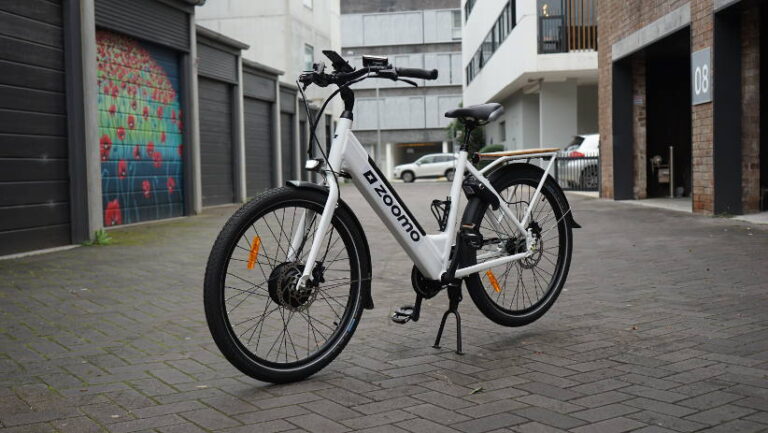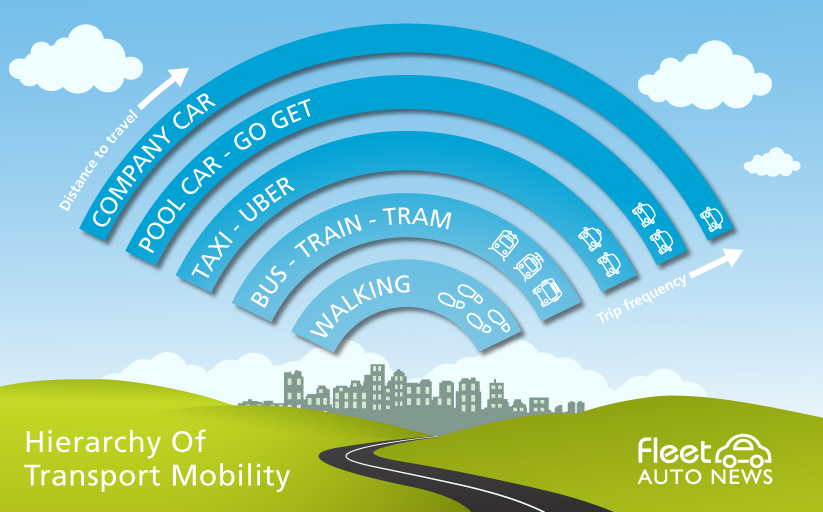Looking through the document outlining Brisbane’s e-mobility strategy 2021-2023, I found some interesting comments that are relevant for Fleet Managers and Sustainability Managers taking a holistic view of mobility for their organisation. However be warned, electric scooter cannot be ridden in all states. It is illegal to ride one on the road or footpath in NSW.
Also referred to as e-wheeling, transport plan for Brisbane focuses on opportunities to encourage greater use of e-bikes, e-scooters and other emerging e-mobility travel options.
E-mobility devices are predominantly battery powered electric bikes or ‘e-bikes’, electric scooters or ‘e-scooters’, electric skateboards or ‘e-skateboards’, electric pedal assisted or ‘pedelec’ bicycles and other mostly electric powered vehicles, such as Segways and ‘One-wheels’. This does not include motorised scooters (mopeds).
Brisbane was the first major city in Australia to introduce an e-scooter sharing scheme in 2018. The relatively recent expansion of the e-mobility market, in part due to a dramatic reduction in manufacturing and charging costs, has increased its attractiveness as an alternative transport mode and created opportunities for business.
According to the report, ‘More than 4 million trips have taken place on e-scooters in Brisbane since late 2018. Brisbane City Council data reveals that between 30% and 50% of e-scooter and e-bike trips replaced car trips in Brisbane.’
While e-scooters may not yet be legal in many states, e-bikes have quickly become popular with fast food delivery services and inner-city residents. They can be adopted by locals for short trips which don’t make sense in a car and are too long to walk in comfort.
As a signal to where the trend is heading, global fleet management and mobility company SG Fleet has made an investment in e-bike company Zoomo earlier this year. This complements SG Fleet’s other investment in the Carly car subscription business and could allow it to provide a range of mobility options to customers.
In 2020, the Clean Energy Finance Corporation (CEFC) was one of the first investors in Zoomo.
In their statement at the time, the CEFC estimated demand for urban last-mile delivery will grow by an estimated 78% by 2031, contributing to a significant increase in the level of emissions from delivery cars, vans, and mopeds on busy urban streets. They stated that Zoomo e-bikes would enable couriers to deliver packages with far fewer greenhouse gas emissions than traditional delivery cars and vans.
“Transport in Australia produces about 100 million tonnes of emissions each year, or 19 per cent of national greenhouse gas emissions2 and cars and light commercial vehicles together represent more than half of those emissions,” said Mr Learmonth, CEO at the CEFC.
“Expanding the Zoomo fleet to service Australia’s rapidly growing e-commerce sector can help drive down transport emissions by thousands of tonnes of carbon a year. Light Electric Vehicles (LEVs) are forecast to lead the charge in reducing emissions, with two, and three-wheeled EVs predicted to abate more carbon emissions than standard/four-wheeled EVs until 2043 And rapid design improvements mean that LEVs will increasingly outpace cars and vans to deliver meals, post, parcels and groceries, even over several kilometres.”
Fleet Auto News developed this Hierarchy of Mobility back in 2016 as a discussion starter when there was a focus on the environment and a raft of new technologies being created that promised to solve the issue of managing multi-modal transport.
During this period Fleet Managers were being asked to provide alternatives to cars that were cheaper and produced less carbon emissions. At the time, micro-mobility wasn’t an option because technology because the costs were too high.
Six years later things have changed. After two years of the global pandemic, rising petrol prices and e-bikes becoming significantly cheaper, maybe its time to revisit the idea of Mobility As A Service (MAAS) and consider e-mobility as an option for first and last mile transport.







